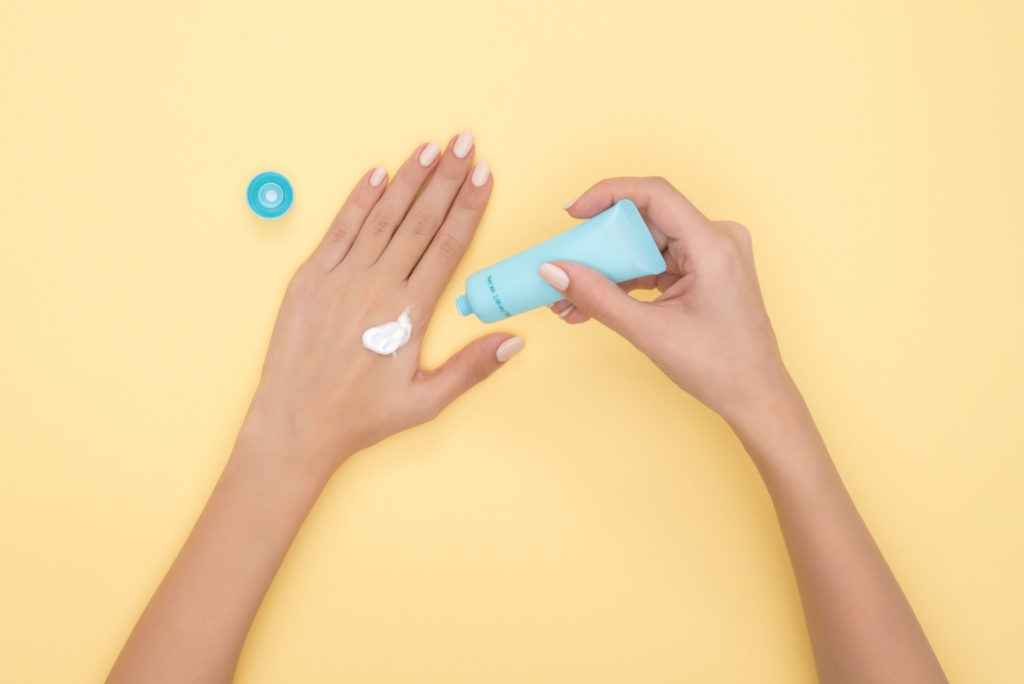How do you know which sunscreen to pick out of the many options on the shelf? Don’t worry, Katterman’s is here to help you understand the differences between products and decide which one fits you and your family.

Here are 4 things to consider when choosing a sunscreen: SPF, UVA/UVB protection, type (cream, gel, etc.), and ingredients.
SPF
SPF is a measure of UVB (i.e. sunburn protection) that a sunscreen provides. Products range from low to high SPF. This can leave you wondering how much is enough. Is more really better? The FDA recommends using a product with at least SPF 15 while the American Academy of Dermatology recommends a minimum of SPF 30. As SPF values increase, the difference in protection gets smaller. SPF 15 sunscreens filter about 93% of UVB rays, SPF 30 filter about 97%, and SPF 50 filter about 98%. No product can block 100% of UVB rays.
Note higher SPF does not correlate to longer protection. Regardless of the SPF, products need to be applied regularly (every 2 hours and right after swimming recommended ).

UVA/UVB Protection
Both UVA and UVB rays damage the skin, but in different ways. UVB rays are associated with sunburns while UVA rays lead to early skin aging, and both cause cancer. Look for broad spectrum protection to help avoid all of those things.
Type
There is a wide range of formulations of sunscreens. Creams are by far and away the most common but you may be wondering if there is a reason to choose another form. Choose based on your needs. Here are some tips:
- Creams are good for ensuring greater coverage
- Gels are preferable for hairy areas
- Sticks are good for around the eyes to prevent sunscreen from getting into your eyes
Ingredients
There are two primary categories of sunscreens on the market – chemical and mineral. Chemical sunscreens have UV filters that absorb UV radiation like a sponge whereas mineral sunscreens absorb, reflect or refract UV radiation. Mineral sunscreens sometimes are referred to as physical or natural sunscreens.
There is growing concern over what effect chemical sunscreens have on our bodies as well as the environment. Since mineral sunscreens are not absorbed, they have not been found to carry the same risks. In fact, sunscreens for infants are most often mineral sunscreens.
When you are trying to choose, labels can be confusing. So how do you know what you are getting? Turn the bottle around and read the label! See below for which ingredients are in each type of sunscreen.
| Chemical | Mineral |
| Oxybenzone Avobenzone Octisalate Octocrylene Homosalate Octinoxate | Zinc Oxide Titanium Oxide |
Beyond these 4 things, you can choose products specific to your needs. Have oily skin or acne? Choose a non-comedogenic product. Going to be playing in the water or breaking a sweat? Choose water-resistant.
Above all, choose a product you and your family will use because nothing above matters if you don’t use it.
References:
Pharmacist Letter – Shedding Light on Questions about Sunscreen
American Academy of Dermatology
